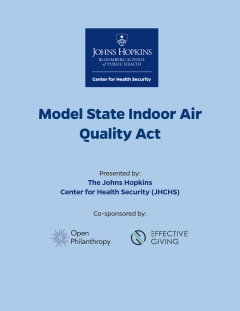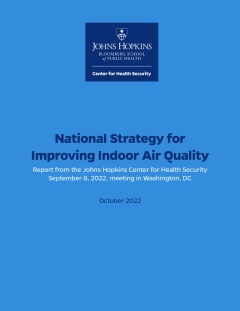The US nursing workforce crisis represents a danger to the quality and safety of patient care and an imminent threat to the nation's health security. The COVID-19 pandemic has exposed a range of perversities related to the nursing profession, including the inequitable financing and compensation of the nursing workforce, lack of workplace protections, and the perception that nursing is a subservient profession. It has also exacerbated workforce issues that predated the pandemic, leading to physical and mental exhaustion, lack of trust and perceptions of betrayal by hospital leaders, and moral injury and burnout. Nurses are critical to the sustainability of the US healthcare system, to the health of communities, and to the ability of the nation to respond to health security threats, including pandemics, natural disasters, and other large-scale emergencies. In the absence of an adequate labor supply of nurses, healthcare services are substantially degraded, hindering the country's ability to respond to emergencies and ultimately putting patients at risk.




